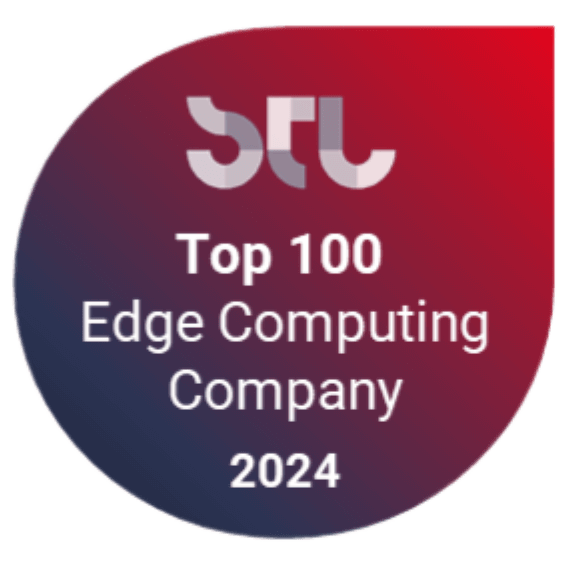Multi-Cluster Access Simplified -Unified Access Management

The typical method used by public cloud infrastructure providers to provide access to numerous clusters is to define public-facing endpoints using distinct public IP addresses or DNS names for each cluster, while still ensuring unified RBAC based on the controls specified by the rules on their portals. However, as the trend shifts toward multi-cloud, these access challenges becoming more difficult to solve. Even though the majority of the clusters are hosted over public endpoints, they still need unique authentication and RBAC procedures provided by various public cloud infrastructure providers.
Download the solution brief to know how Coredge absorbs the complexity of deploying and maintaining Kubernetes multi-cluster and multi-cloud environments.


